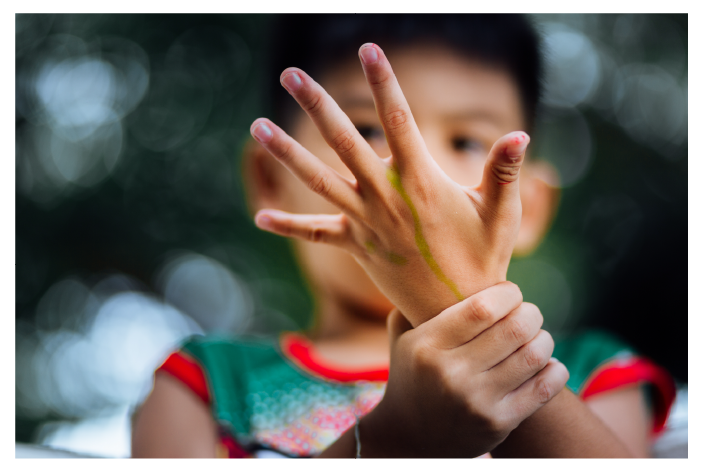Juvenile Idiopathic Arthritis

Stages of JIA:
| Stages | Radiological charges |
|---|---|
| I | Only soft tissue swelling |
| II | Periarticular osteoporosis, Increased joint space (Effusion) |
| III | Loss of articular cartilage (Decreased joint space) |
| IV | Erosion |
| V | Subluxation and ankylosis |
The joints most commonly affected are the knee, ankle and wrist. In some cases, it may cause eye inflammation, known as uveitis characterized by redness, pain, light sensitivity and blurry vision.2
